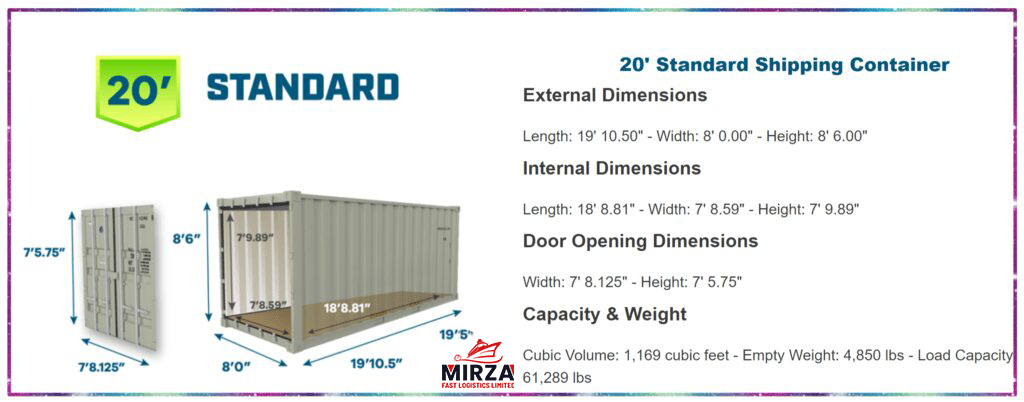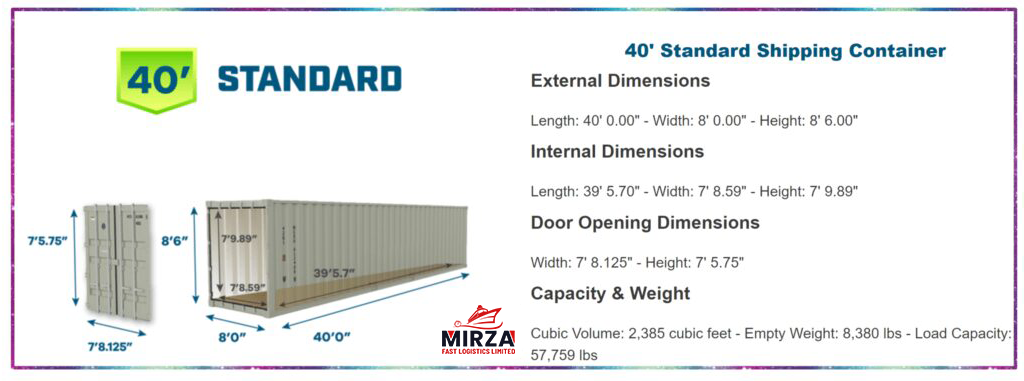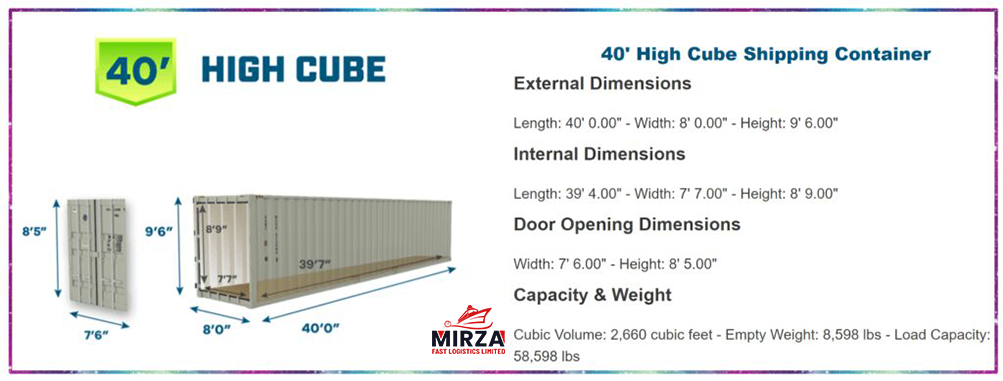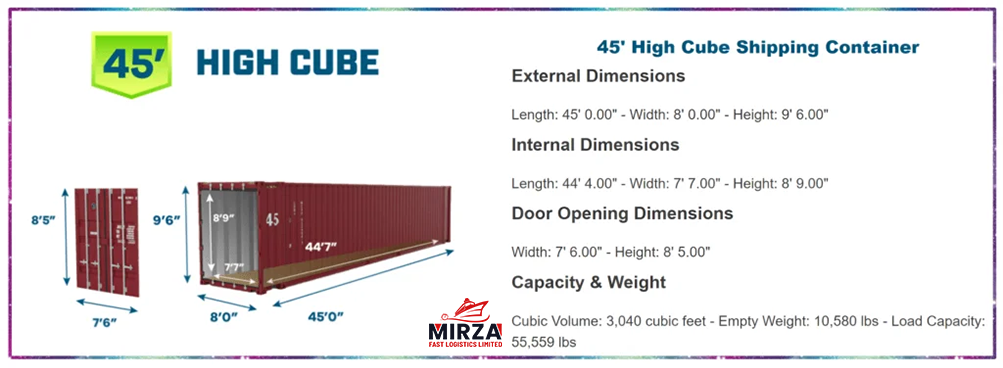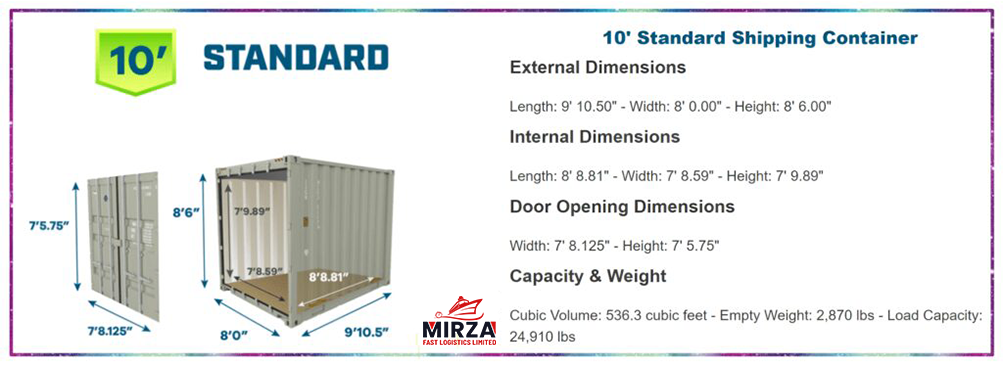To meet your logistics needs, we as a company can provide you with helpful information regarding shipping containers, size & type. We are proud to say that we are experts in the field. Falcon is one of the most popular international container service providers operating in Tanzanias.
In This paragraph, it is important to know what are the shipping containers. A more significant number of people are familiar with the large metal containers used to transport cargo by ship, train, or truck. These containers come in various sizes, but the most common size is 20 feet long, 8 feet wide, and 8 feet tall. The shipping containers can store and transport all sorts of things, from food and clothing to cars and construction materials etc.
There are multiple benefits to using shipping containers. They are strong and durable, so they can withstand being shipped worldwide and loaded and unloaded by crane. They are also weatherproof to protect your belongings from the elements. Shipping containers can be stacked (placed) on top of each other to make the most of your available space.
A shipping container could be the perfect solution if you’re looking for a cost-effective.

In this paragraph, If you are looking for detailed information on the Shipping Cargo Container Size List.
To ensure no problems during shipment, ocean cargo containers are held to a strict standard. The intermodal shipping containers (sometimes referred to as “conex” containers) must be able to not only stack perfectly aboard a cargo ship but also lock into chassis trailers and stack securely on rail cars. Specifically, ISO 668 is the standard for shipping container dimensions set by the International Organization for Standardization (ISO). You will find the six different types of containers.
Note: Dimensions may vary slightly depending on the manufacturer. Nevertheless, these numbers should be very close.
1. Dry storage containers are the standard previously mentioned shipping containers used to ship dry materials in lengths of 10ft, 20ft, and 40ft.
2. A flat rack container has collapsible sides that can be folded, making them ideal for shipping boats, equipment, and cars.
3. Containers with open sides here, you can open the doors on the side, making it easier to load materials, such as vegetables.
4. Open top containers –These don’t have a roof so that they can carry anything with a height, such as logs or machinery or unsized cargo, etc.
5. Refrigerated containers are commonly used, such as food and pharmaceuticals, frozen food, etc.
Tanks – are used to hold liquids (including fuels)
